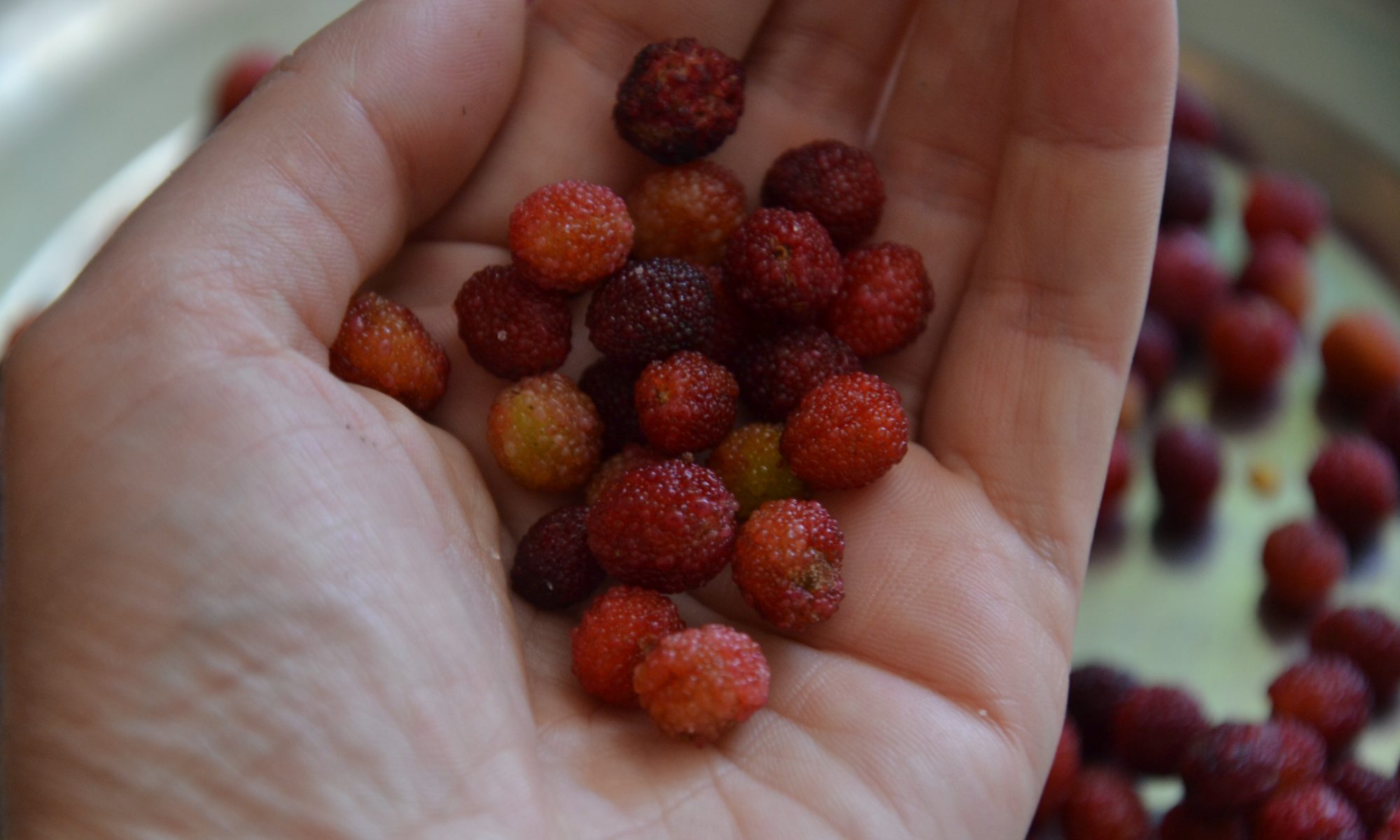Addressing Risk in Agriculture

The usa Department of Agriculture’s (USDA) Economic analysis provider identifies five several types of farming risk individual and risk that is personal such as for example human being wellness), institutional danger (regarding governmental action), monetary risk ( such as for example access to capital), price or market risk, and production risk ( such as datingmentor.org/mousemingle-review/ for instance weather and pests). Of the, policymakers frequently concentrate on the last two kinds.
Unlike other businesses, nevertheless, government programs help agricultural producers in avoiding risk. In analyzing these subsidies,[1] also known as the federal “safety net,” key foundational questions needed to be expected Is there something about agricultural risk that makes private danger management insufficient? Why would federal government intervention in risk administration be right for agricultural manufacturers yet not for any other businesses?
This Special Report provides an analysis[2 that is in-depth of the and other concerns regarding agricultural risk and examines the federal programs that comprise the taxpayer-funded safety net commodity programs and federally subsidized crop insurance coverage. Additionally provides detailed and policy that is concrete. Fundamentally, the objective of this report is always to instigate a conversation concerning the reforms necessary to free the sector that is agricultural harmful federal government intervention.
America’s Robust Agricultural Sector
Most domestic production that is agricultural from large manufacturers. As an example, just 4 percent of farms (people that have product sales of $1 million or greater) accounted for 67 % of most agricultural product sales in 2012. Additionally it is essential to identify that more than half of all of the farms in the U.S. had significantly less than $10,000 in product sales, accounting for less than one percent of all of the agricultural sales.
Luckily, agricultural manufacturers are doing well financially. In reality, farm households have much higher incomes and wealth than non-farm households.
Also very tiny farms with lower than $10,000 in sales are generally speaking succeeding economically. That is because while their farm earnings might be low, they help manage risk by depending on off-farm income. Agriculture has developed to ensure that off-farm income plays a role that is critical farmers, including these small farms. This is an excellent example of a private risk administration t l that farmers usually use. The health that is financial of manufacturers shows that they have means to build the expense of risk management to their company models. Several measures that are critical agricultural producers’ ability to manage risk. For example, debt-to-asset and debt-to-equity ratios, two key indicators of solvency and vulnerability that is financial are extremely low (the debt is low compared to assets and equity).
Freeing the Agricultural Sector to Manage Risk Privately

There are many personal ways that agricultural manufacturers can manage danger. Many times, when speaking about agricultural danger, the main focus turns to multiple peril crop insurance that is federally subsidized. Multiple peril crop insurance coverage is only one way to manage danger and just one type of insurance (farmers purchase other insurance coverage, such as crop-hail insurance coverage and home insurance). Among the ways that are primary farmers handle danger is through off-farm income, as stated formerly. Agricultural producers depend greatly on off-farm earnings to reduce dependence on making money from agricultural operations. There are lots of other private risk management solutions, from diversification to hedging danger through the commodities markets.
Risk additionally needs to go into perspective. As explained in part 1
By having to attenuate or eradicate potential losses, a business is motivated to produce brand new solutions and evolve to stay competitive. This helps the company by finding new how to be lucrative; consumers additionally reap the benefits of brand new and improved g ds and services. Riskier actions and investments can usually mean greater benefits. Whenever protected by taxpayers from danger, businesses are motivated to remain discouraged and complacent from learning how to manage danger on their own—something farmers generally speaking can perform very well.
All businesses need to face danger. The risks in various industries can be significant, simply like in agriculture. The character of these risks can be unique. However, taxpayers aren’t anticipated to handle danger of these other industries. This begs the questions as to the reasons agriculture should differently be treated, especially when there are private methods to effectively manage danger.
A regular argument is that farming should get favorable therapy because it is more “important” than other sectors regarding the economy. You will find claims that individuals need subsidies for meals security. These arguments likely arise due to the fact agricultural producers supply a requisite to the public (i.e., f d) but there is no genuine explanation though as to what issue is being addressed by the us government that may not be addressed through private means.
The government that is federal not be determining just what industry is more essential than another, or picking champions and losers. Ironically, even when farming is somehow “special,” this status could be a disagreement at no cost enterprise in farming, maybe not planning that is central federal government interventionist policies.
Subsidies to Address Danger are Harmful
Even though one improperly concluded that agricultural danger cannot be efficiently handled or farmers are not capable of handling risk, this does immediately mean that federal government intervention is warranted.
Government intervention creates numerous issues and makes the status quo of agricultural subsidies a situation that is untenable. Subsidies distort planting decisions of farmers so as opposed to answering the marketplace, they make choices based on the incentives provided by the subsidies.
Farm subsidies frequently cause hazard that is moral which danger just isn’t borne by farmers but instead offered to taxpayers. The end result is agricultural producers using actions they otherwise would not just take, such as for example planting plants on environmentally sensitive and painful land. Home owners, including farmers and ranchers, are the most readily useful stewards of their property. Nevertheless, subsidies can cause incentives that could alter their actions linked to their property. Subsidies can crowd out personal methods to address danger and actually discourage the use of risk administration. Record of issues with subsidies is apparently endless.
